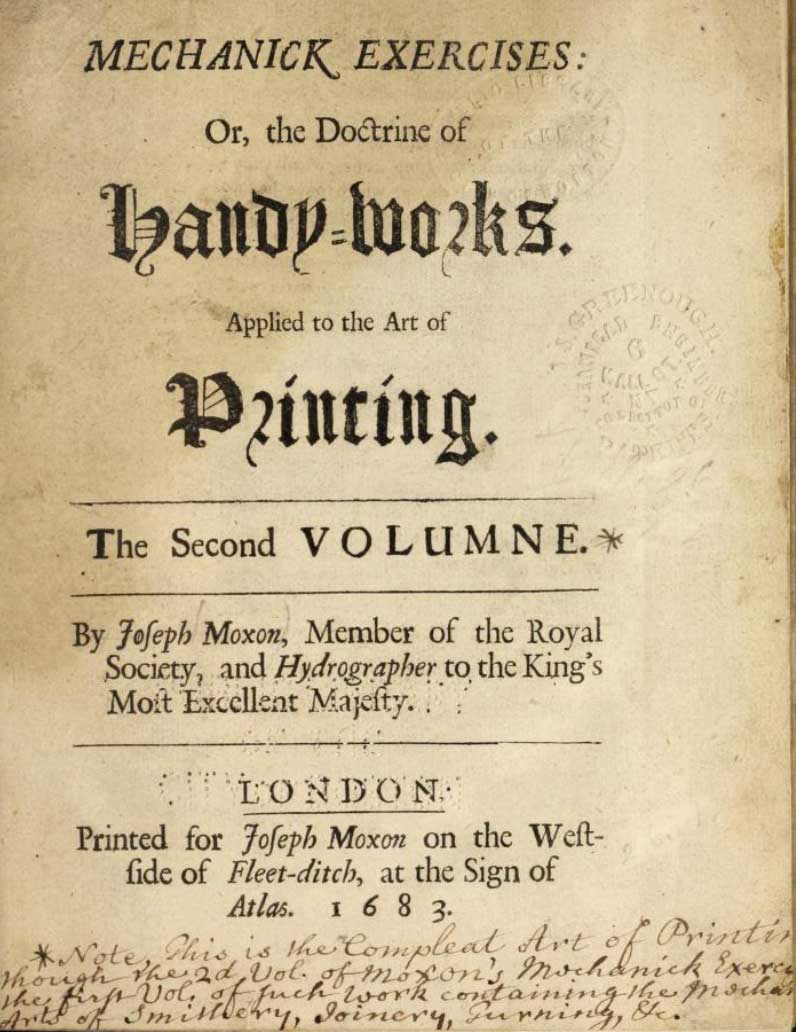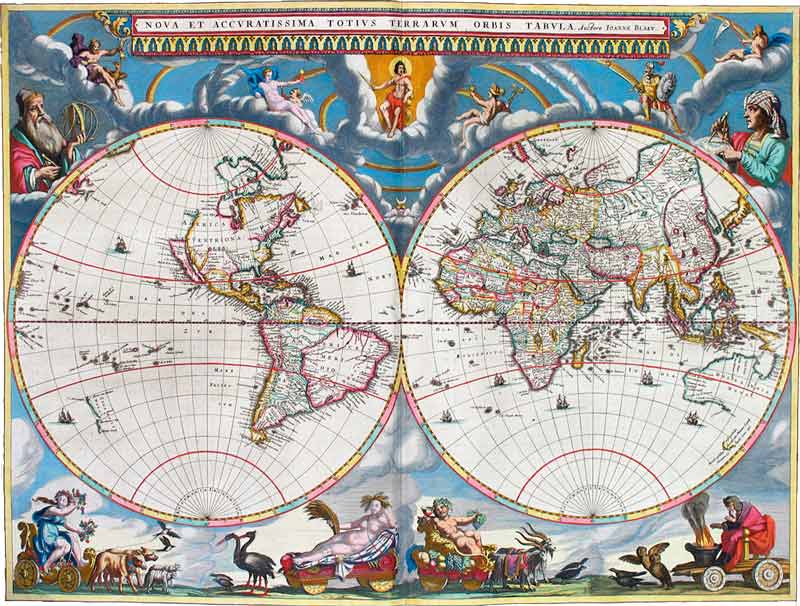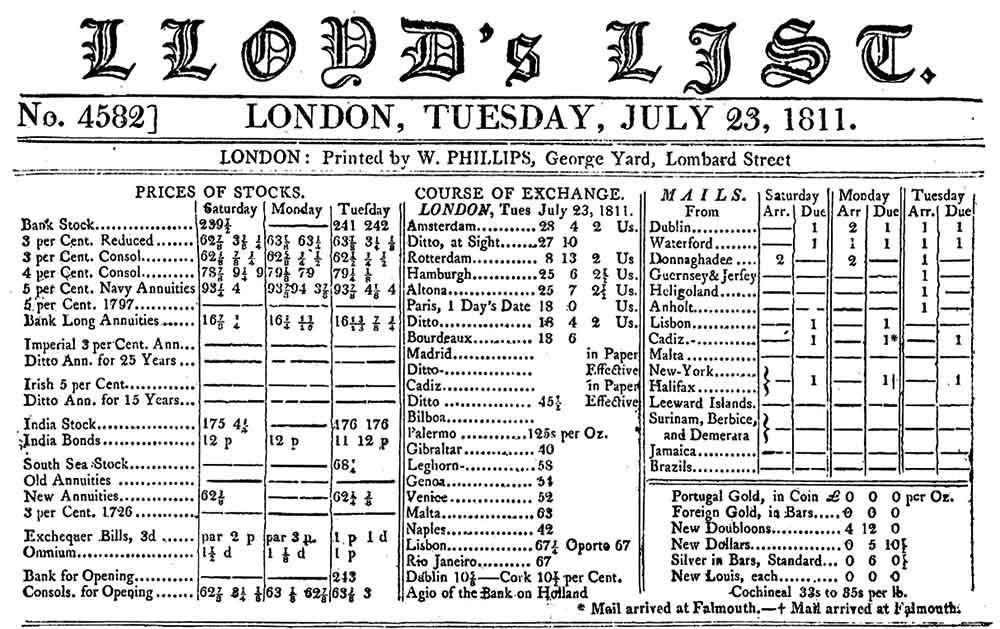Paper money first came into existence in the form of promissory notes. These were first used in China around 118 BC. Banknotes appeared in the second half of the 17th century, alongside the first magazines.

Some of the words in common use today date back to those days. ‘Upper case’ and ‘lower case’ refer to the physical cases in which printers kept their lead letters.
1654 – Orbis Pictus
Orbis Sensualium Pictus (Visible World in Pictures), is the first widely used children’s textbook with pictures. It appears in many European languages and becomes the defining children’s textbook for centuries.

1661 – First printed banknotes
The first European banknotes are issued in Sweden by Stockholms Banco, the precursor to Sveriges Riksbank – the central bank of Sweden. Each note was hand signed by 16 prominent and trustworthy officials to overcome objections that paper money would lead to the downfall of the Swedish monetary system.
1660 – Klencke Atlas
Joan Klencke create an atlas measuring 1.78 by 1.05 meter. It remains the largest atlas of the world until 2012 when the Earth Platinum atlas is published. A group of Dutch merchants donate the Klencke Atlas to King Charles II of England as a gift for restoring the monarchy.
1662 – Atlas Maior, the most expensive atlas ever
Joan Blaeu, son of Willem Janszoon Blaue, publishes the most expensive printed book of the seventeenth century, the Atlas Maior. The Dutch version consists of 9 and the French version of 12 volumes. The richly decorated atlas contains eleven volumes, 600 double-page maps and 3000 pages of text. The most expensive colored edition cost around $ 40,000 in today’s money.
1663 – The first magazines
Erbauliche Monaths Unterredungen is a German literary and philosophy magazine, created by theologian and poet Johann Rist. It is published between 1663 and 1668 and shows there is a market for regularly appearing publications that target readers with a specific interest. Soon similar literary journals appear all over Europe.
Lloyd’s News, published in 1692, is the forerunner of Lloyd’s List, a journal containing maritime news. It is one of the world’s oldest continuously-running journals. The example below is from 1811. Issue 60850 from 2013 was the last one to appear in print. Since then it has become a digital publication.
The first women’s magazine, The Ladies’ Mercury, is published in 1693 in Britain.
1683 – Spreading cost using installments
Mechanick Exercises or The doctrine of handy-works by London-based printer Joseph Moxon is assumed to be the first publication in installments. This means the publication consisted of multiple books made available over a period of time. This allowed both the printer and the buyer to spread the production and purchase cost over a period of time.

1690 – Milling paper in America
The first American paper mill is established in Philadelphia .



I would like to know about the job not what happened bu information about how it was done.
I purchased a “print” in Paris which was dated 1699. Would you tell me what process was used to create my 17th century print?
Thank you, Sue McMichael